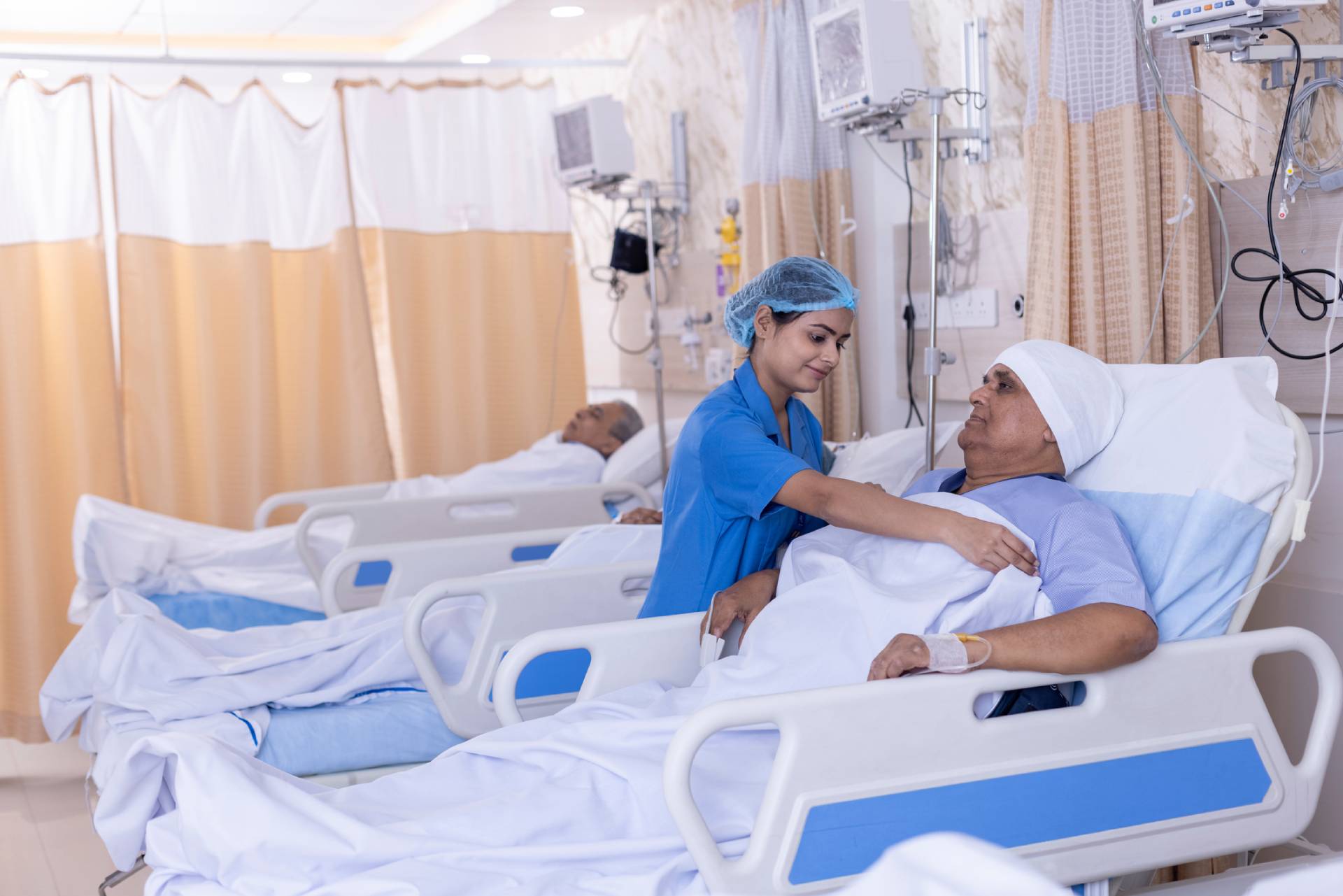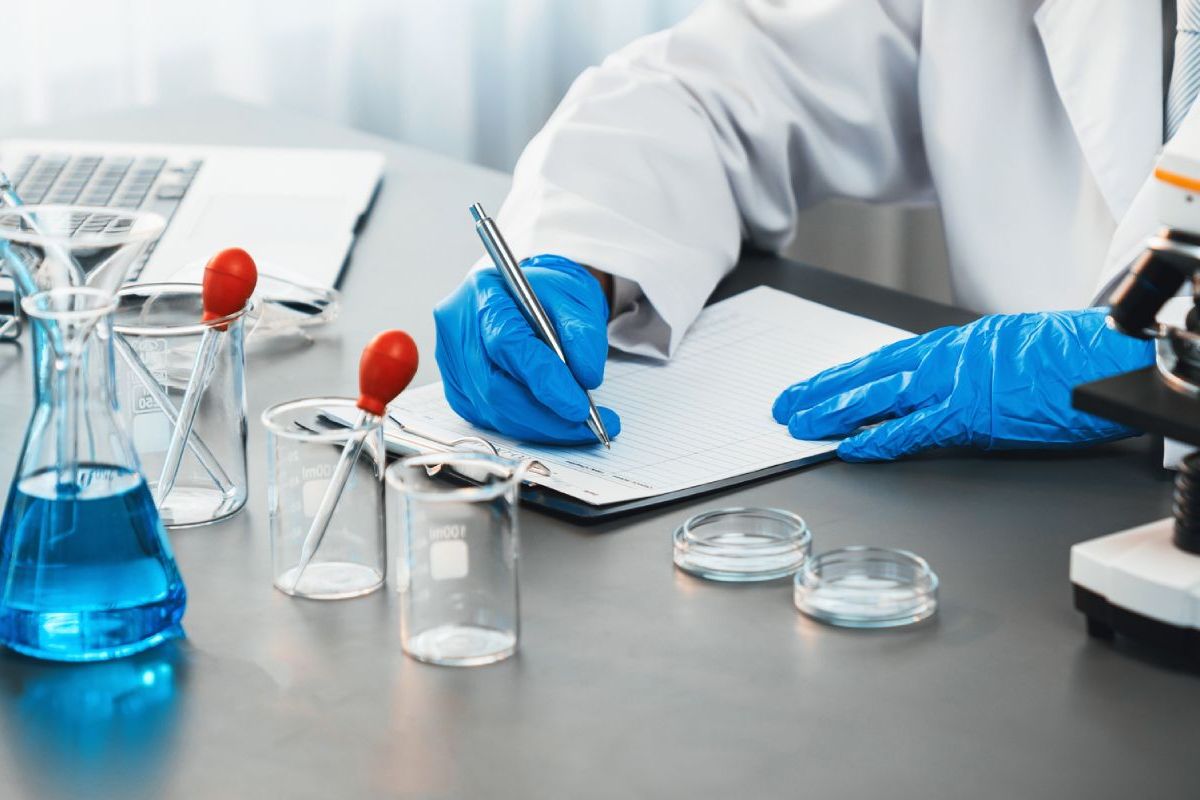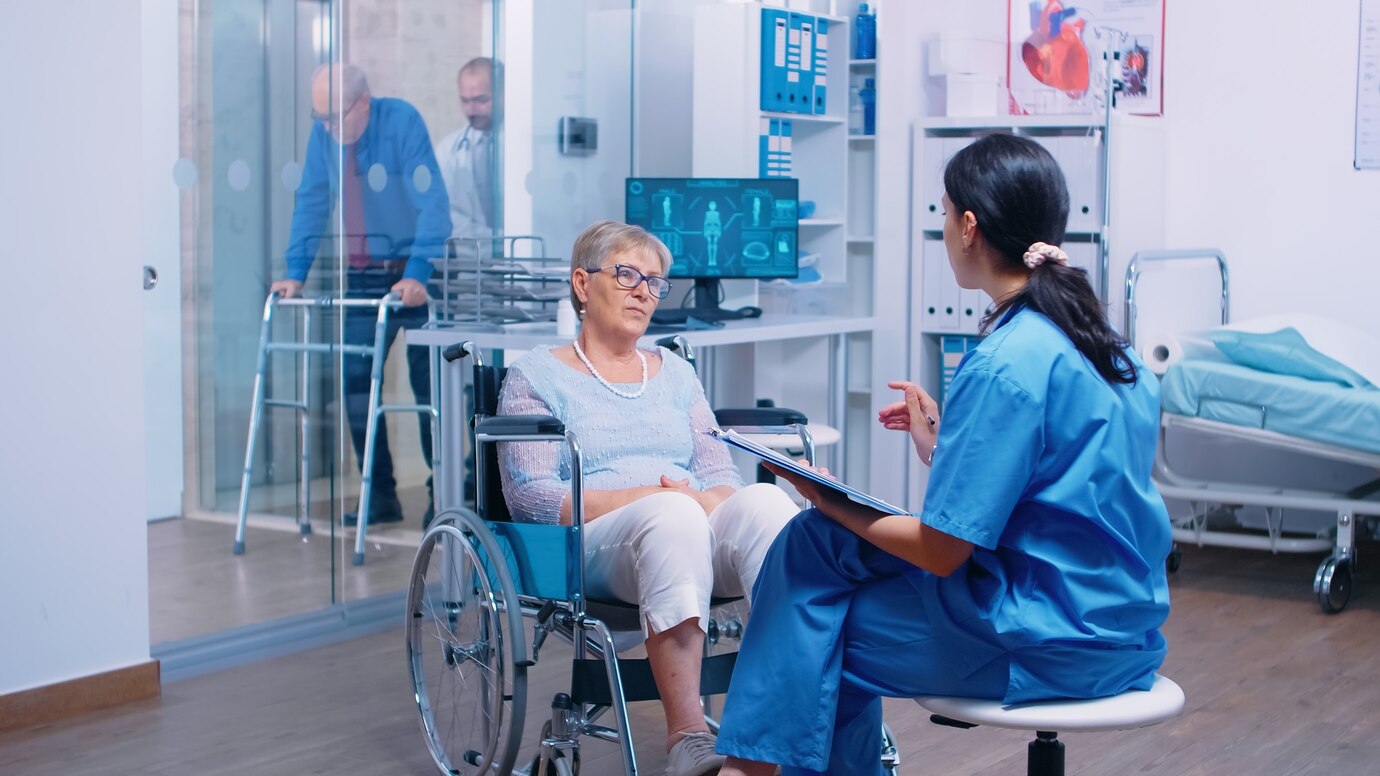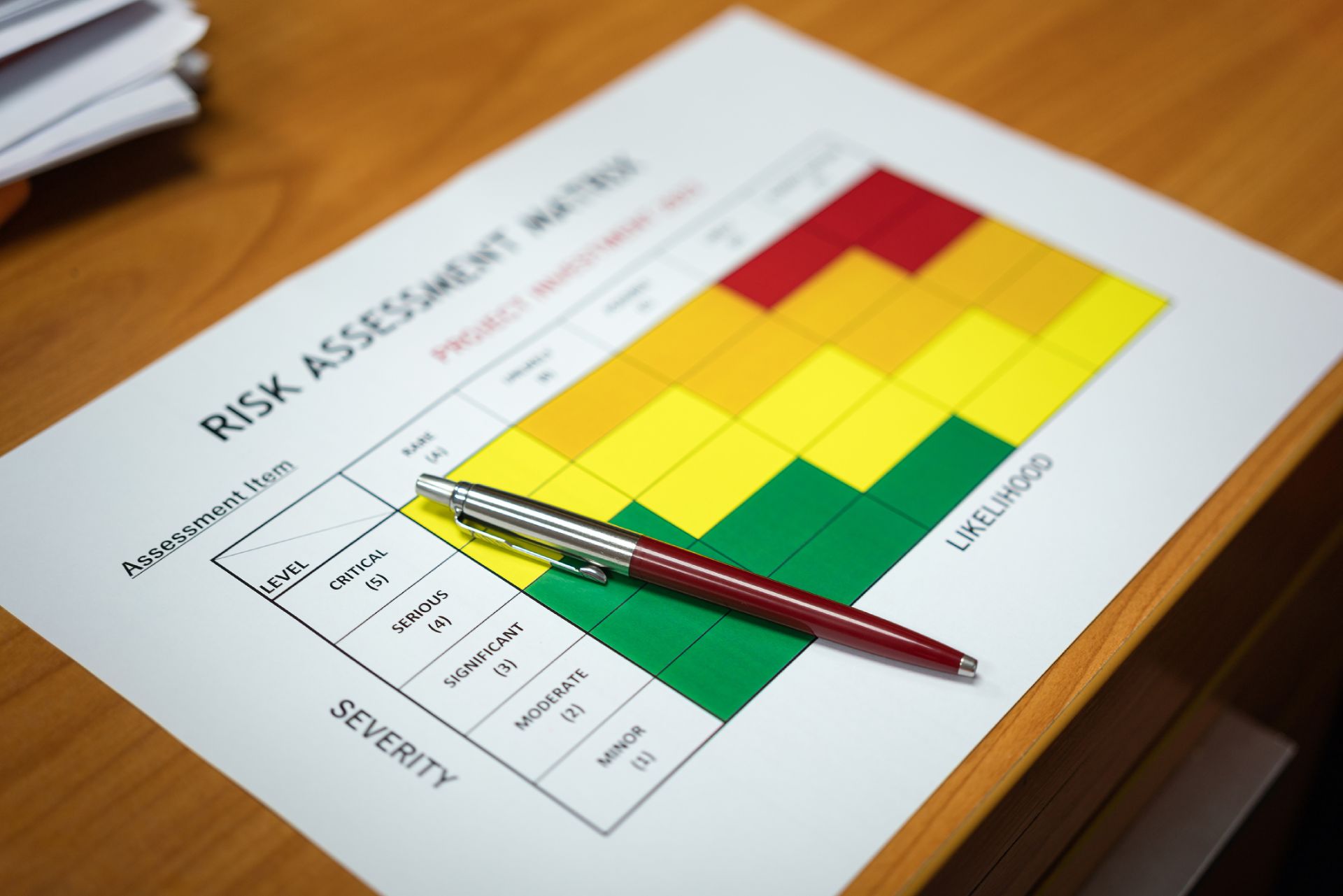Read blog about best practices, strategies and first hand insights in patient safety

Preventing Pressure Injuries: An Essential Guide
Pressure ulcers, also known as pressure injuries or bedsores, are a significant health issue. Pressure ulcers develop when there is constant pressure on a particular area of the skin, often from lying in the same position for too long without relief. The harm can vary in severity, from mild reddening

Understanding Medical Laboratory Errors: Impact and Prevention
Medical laboratories are integral to the healthcare system, providing crucial diagnostic data that influences patient care and treatment decisions. However,

Key Metrics for Patient Safety Culture
Patient safety culture refers to the shared values, beliefs, and norms about the importance of patient safety within a healthcare organization. It reflects how safety is perceived, managed, and prioritized in daily healthcare practices.

Challenges in Senior Care and the Role of Incident Reporting
Introduction Senior care facilities play a crucial role in caring for the elderly, but face unique quality and safety challenges.

Stop the Mix-Up: Ensuring Accurate Patient Identification
Patient safety hinges on accurate patient identification. Misidentification is a persistent and serious concern that can trigger a cascade of

ECRI’s Top 10 Patient Safety Concerns 2025: Key Takeaways
ECRI’s report on the Top 10 Patient Safety Concerns identifies the most pressing patient safety concerns in 2025. While these

A Guide to SAC Matrix in Healthcare with Examples
The Severity Assessment Code (SAC) Matrix is a risk assessment tool widely used in healthcare to evaluate and categorize the
Archives
- May 2025
- April 2025
- March 2025
- February 2025
- January 2025
- December 2024
- October 2024
- September 2024
- August 2024
- July 2024
- June 2024
- May 2024
- March 2024
- February 2024
- December 2023
- October 2023
- September 2023
- June 2023
- May 2023
- April 2023
- March 2023
- September 2022
- August 2022
- July 2022
- July 2021
- June 2021
- May 2021
- April 2021
- March 2021
- February 2021
- January 2021
- December 2020
- November 2020
- October 2020
